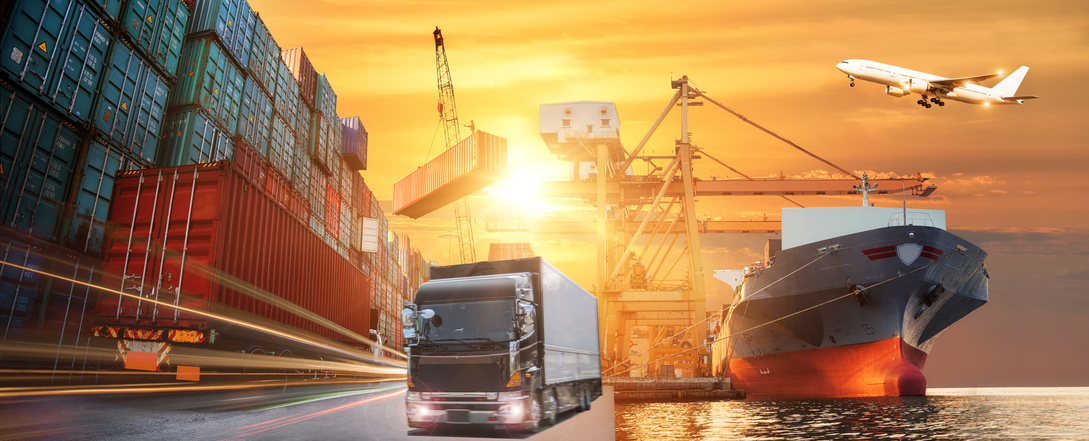Advantages of Freight Shipping: What you need to know

What in the WORLD do all these things mean?
Even if you are a seasoned freight shipping veteran, you can sympathize with newcomers as you remember the days of learning the differences between LTL, BOL, TL, and many other pieces of shipping lingo. It can be difficult to learn, which discourages some business owners from using freight shipping to move their cargo. However, once you learn the lingo, freight shipping can be helpful both for your company’s bottom line and for the environment.
The first thing to understand is that there are many different types of freight shipping. Door to door shipping, air and ocean cargo, and cargo shipping are just a few examples. With the rise in popularity of shipping product to be fulfilled through Amazon FBA or other fulfillment centers, freight forwarding is becoming a necessity to streamline product-based businesses.
Common Terms to Know
Here is a list of some of the most important terms and phrases to be aware of when shipping internationally:
-EXW or EXWorks: If you are ordering products from a supplier from China, EXW means you (the purchasing party) are responsible for coordinating all of the shipping from the Chinese factory to its final location. This includes clearing export customs in China and import customs at the country of destination. Typically, if you are doing EXW shipping, you should contract out a freight forwarder to help coordinate each step along the way. Freight shipping with a freight forwarder is almost necessary in this instance because timeliness is extremely important as the goods will change hands several times.
-CIF (Cost Insurance and Freight): CIF shipping is where the manufacturer is responsible for getting the product all the way to the designated port and through both customs in the country of origin and the destination country. At that point, freight services will be required to pick the product up and distribute it to the final locations.
-Door to Door Freight: This is pretty self explanatory. On the opposite side of the spectrum from EXW shipping is DTD. Door to Door shipping requires the manufacturer to get the product all the way to its final location. It doesn’t matter if that location is your house, an Amazon Warehouse, or a business location, they will coordinate everything. While this option may sound tempting, it is usually more expensive because the supplier will have to coordinate freight services and typically charge you extra.
All of the above shipping methods deal primarily with ocean freight. Another great option to consider is air freight services. There are cargo lines, such as DHL, that have aircrafts exclusively for delivering freight nationally and internationally.
Air freight is usually more expensive than ocean freight, though there are some exceptions. Typically, unless you need to ship your product very quickly, ocean freight is the way to go (and you just build ocean shipping time into your lead time for the supply chain management). The only exception would be for small and light objects. Because ocean freight becomes more economical with volume, if you have a small volume product that is relatively light (in weight), it can be much less expensive to use air freight.
Be sure to get a quote for both air and ocean freight if you aren’t sure which way to go. If time is not a constraint, opt for the more cost-effective one every time. Beyond that, ensure that you have an effective freight strategy set up to ensure you spend as little time as possible trying to coordinate it — that is the job of the freight logistics companies.
